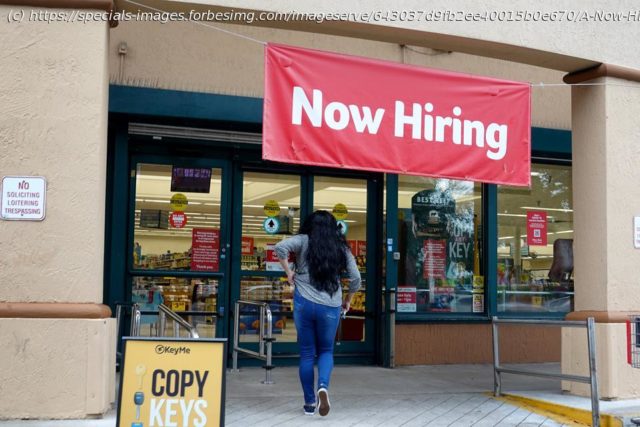The latest employment report points toward further interest rate hikes by the Federal Reserve.
The latest employment report points toward further interest rate hikes by the Federal Reserve. Although there is no one-to-one connection between employment and Fed policy, Jerome Powell has emphasized that future decisions will be driven by new data. And no other data matches the importance of employment.
The inflation that the Fed is fighting results from too much stimulus relative to the country’s productive capacity. Whatever transitory elements were in the 2021-22 inflation acceleration have gone away. Now we must confront excessive demand. Rising interest rates will dampen activity—and employment—in the interest-sensitive portions of the economy. That will lead to layoffs, lowering demand in the discretionary consumer and business spending categories. That will pull inflation down, albeit at the cost of a recession. (A “soft landing” is possible but highly unlikely.)
The most recent reading of the Fed’s preferred inflation measure, the increase in the personal consumption price index excluding food and energy, was 4.6 percent. The Fed’s target of two percent would get total inflation, including food and energy, to an average of about two percent. (The food and energy components vary a great deal from year to year, but over the long run they roughly match core inflation.






